Salt, Seasoning & Seasons: What Ingredients Are In Season for the Perfect Salt Blend?
Introduction: The Secret to Flavorful Dishes Lies in Your Salt
You might think of salt as just that white stuff you sprinkle on fries — but in the world of cooking, salt is a flavor magician. And when it comes to crafting your own seasoned salt blends, timing really is everything. That’s where seasonal ingredients come into play.
In this article, we’ll explore which herbs, spices, and vegetables are currently in season and how they can elevate your homemade seasoned salts. Whether you’re a professional chef or a weekend griller, these tips will help you create next-level flavors with a touch of seasonal flair.
What Exactly Is Seasoned Salt?
Seasoned salt is a simple blend of table salt mixed with other flavor-enhancing ingredients like garlic powder, onion powder, paprika, herbs, citrus zest, or even dried mushrooms. It’s used to add depth and complexity to dishes without drowning out their natural taste.
Why Go Seasonal?
- Fresher ingredients = better flavor.
- Support local farmers by using regional produce.
- Cost-effective: In-season items are often cheaper.
- Eco-friendly: Less transportation = lower carbon footprint.
Current Season Highlights: Which Ingredients Should You Use Now?
Depending on your region and the time of year, certain herbs and vegetables are at their peak. Let’s break it down seasonally so you know what to grab from the market and toss into your next salt blend!
Spring Ingredients (March – May)
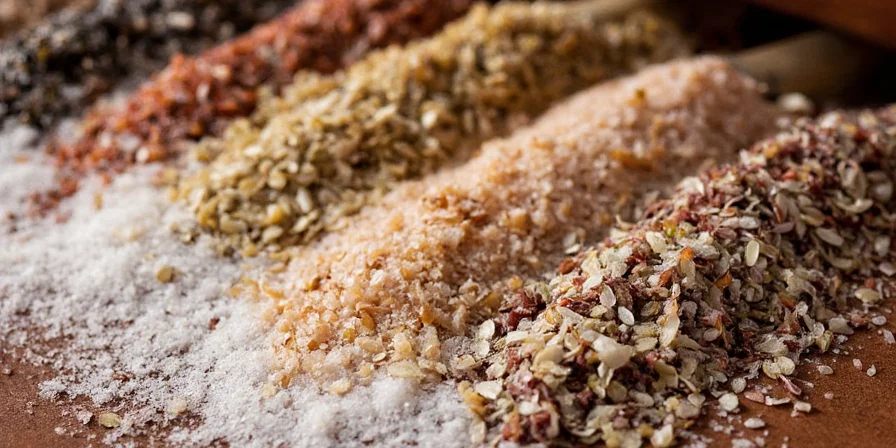
| Ingredient | Flavor Profile | Best For |
|---|---|---|
| Chives | Mild onion-like taste | Potatoes, scrambled eggs, soups |
| Dill | Fresh, grassy, slightly lemony | Fish, pickling, creamy sauces |
| Lemon Zest | Citrusy brightness | Seafood, grilled chicken, veggies |
Summer Ingredients (June – August)
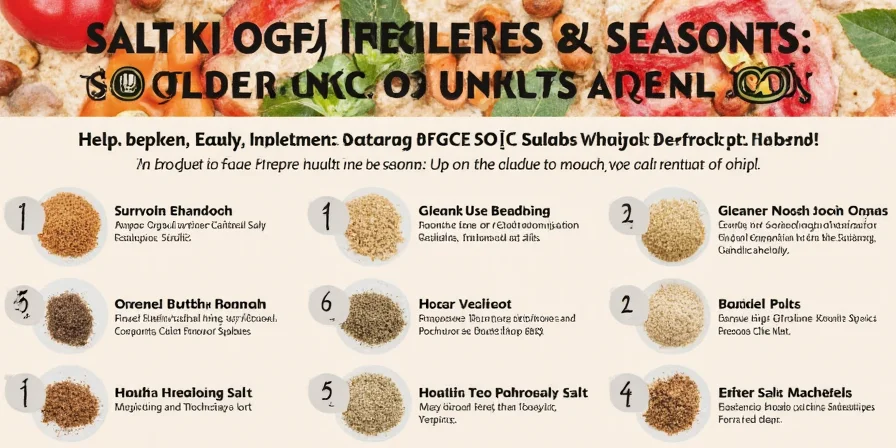
| Ingredient | Flavor Profile | Best For |
|---|---|---|
| Basil | Earthy, minty, sweet | Pasta, tomatoes, mozzarella |
| Garlic Scapes | Milder than garlic cloves | Pesto, stir-fries, bread |
| Lime Zest | Tangy, tropical | Tacos, grilled fish, fruit salads |
Fall Ingredients (September – November)
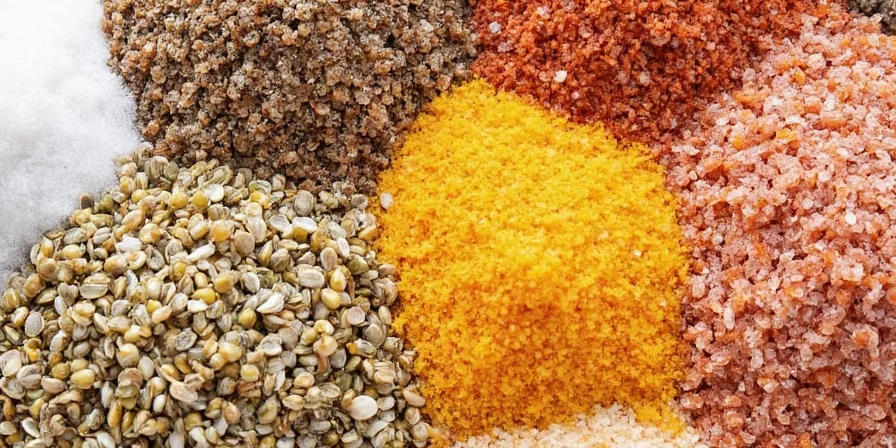
| Ingredient | Flavor Profile | Best For |
|---|---|---|
| Sage | Earthy, woodsy, savory | Roasted meats, stuffing, butter sauces |
| Thyme | Subtle lemon and floral notes | Stews, roasted veggies, meat rubs |
| Pumpkin Spice Mix (DIY Option) | Warm, earthy, slightly sweet | Roasted squash, oatmeal, coffee drinks |
Winter Ingredients (December – February)
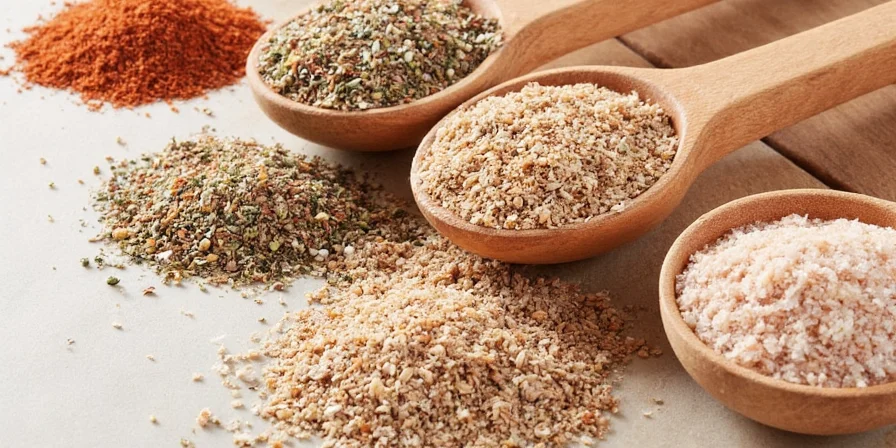
| Ingredient | Flavor Profile | Best For |
|---|---|---|
| Rosemary | Pine-like, aromatic | Roast beef, potatoes, bread |
| Orange Zest | Citrusy warmth | Glazes, cookies, marinades |
| Fennel Pollen | Sweet licorice note | Salads, seafood, Italian dishes |
Top 5 Tips for Making Seasonal Seasoned Salts
- Use fresh, high-quality ingredients: If you wouldn’t eat it raw, don’t grind it into salt.
- Dry your herbs thoroughly: Moisture is the enemy of shelf-stable salt blends.
- Experiment with ratios: Start with 70% salt and 30% aromatics, then adjust to taste.
- Label everything: Note the date and contents so you know what’s inside (and when it was made).
- Store in airtight containers: Keep your blends away from light and moisture for maximum potency.
Fun Flavor Combos Based on the Season
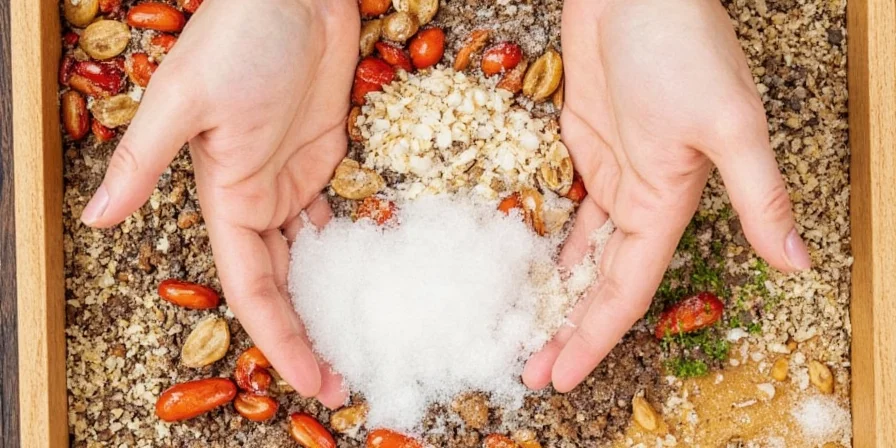
- Spring Citrus & Chive Salt: Great on avocado toast or grilled salmon.
- Summer Basil-Lime Grinder: Sprinkle on corn or watermelon salad.
- Fall Roast Veggie Rub: Thyme + sage + smoked salt = magic.
- Winter Orange-Rosemary Salt: Perfect for holiday ham glaze.
The Science Behind the Savory: Why Salt Works So Well
Salt isn’t just about making things taste salty — it actually enhances other flavors by suppressing bitterness and amplifying sweetness, sourness, and umami. This makes seasoned salts an excellent tool for layering complex flavors quickly and effectively.
When you combine salt with volatile compounds like those found in fresh herbs and citrus zest, you create a flavor bomb that activates the taste buds faster than most other ingredients. That’s why a dash of well-crafted seasoned salt can instantly upgrade a dish.
DIY Guide: How to Make Your Own Seasonal Salt Blend
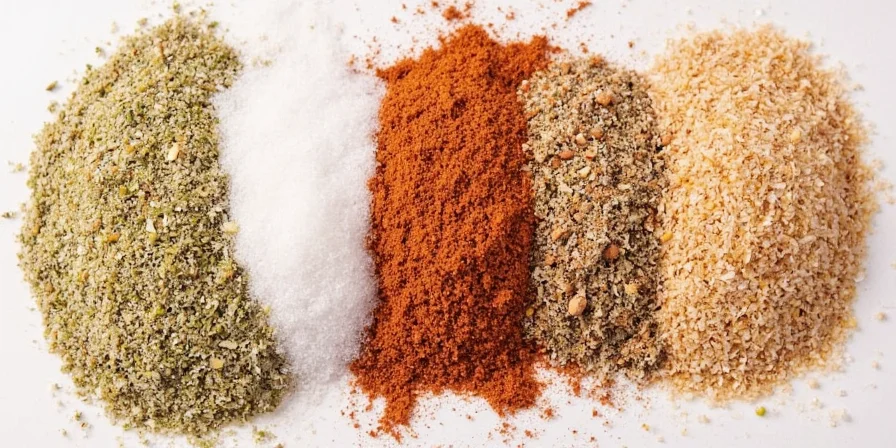
- Gather your in-season ingredients (fresh herbs, zest, spices).
- Dry them completely: Air-dry or use a low oven (below 170°F / 80°C) for 1–2 hours.
- Grind them finely using a mortar and pestle or spice grinder.
- Mix with coarse sea salt or kosher salt at a 3:1 ratio (salt to aromatics).
- Store in a cool, dark place and label clearly.
Conclusion: Elevate Your Cooking One Pinch at a Time
Knowing what ingredients are in season for your salt blends isn’t just a culinary flourish — it’s a game-changer. From boosting freshness to supporting sustainability, seasonal seasoned salts bring more than just flavor to your kitchen.
So next time you reach for the shaker, ask yourself: “Is my salt as fresh and flavorful as it could be?” With this guide, you’ve got all the tools to make every meal a little more magical — one pinch at a time.

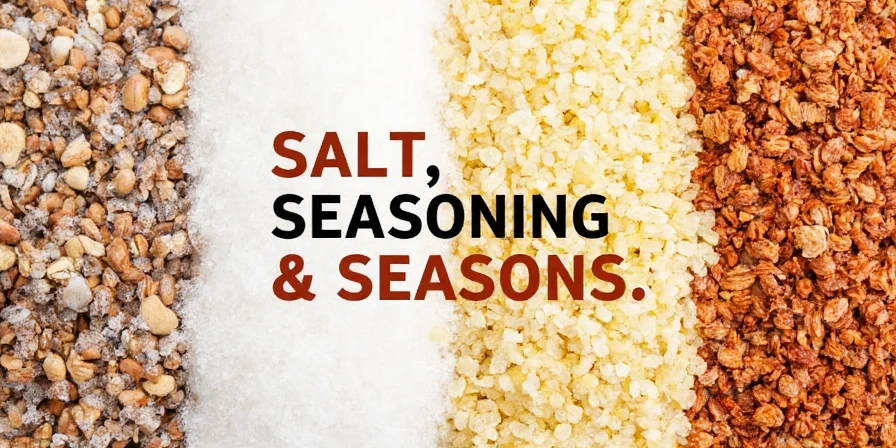









 浙公网安备
33010002000092号
浙公网安备
33010002000092号 浙B2-20120091-4
浙B2-20120091-4